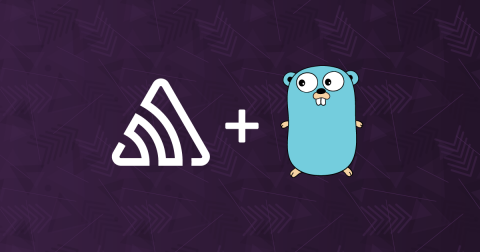How to secure ASP.NET Core apps with Azure Key Vault and Sentry
Joao Grassi — a .NET developer, front-end hobbyist, and friend of Sentry — likes .NET very much. So do we. With the help of one of Sentry’s top 10 SDKs, .NET developer teams process roughly half a billion .NET events every month. In this post, we strive for app security with Azure Key Vault and Sentry. By now, it’s not big news that ASP.NET Core is the future of web development with .NET.










